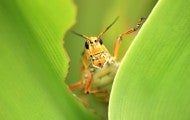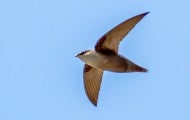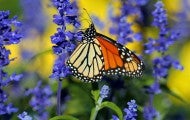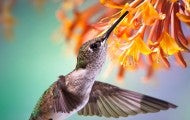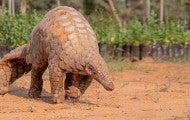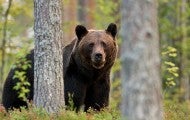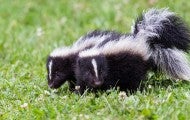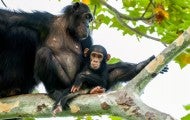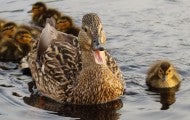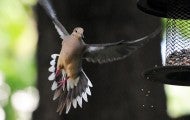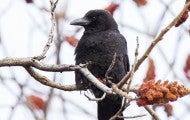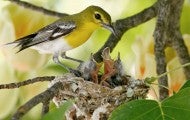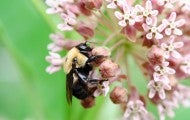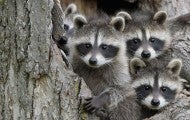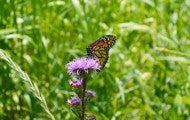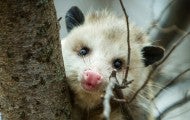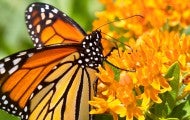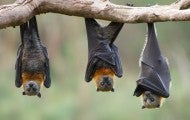Hummingbirds are top contenders for many avian superlatives: Bee hummingbirds are the smallest birds in the world, as diminutive as their insect namesake. In proportion to their body sizes, rufous hummingbirds make one of the longest migrations and Anna’s hummingbirds fly faster than space shuttles...
Pop quiz: What’s the best way to help butterflies in your backyard? If you answered “Plant butterfly bush,” you’re in good company. A recent survey of my gardening friends elicited the same response from more than a few. It’s easy to understand why: Aside from its self-reinforcing moniker, the plant...
Ever wonder why it is that we somehow lose the fascination we have as kids for observing insects? Perhaps we acquire a few too many negative stories, or we end up focusing only on the mosquitoes biting us on summer evenings, or the uninvited ants in our kitchen. But what about all the other insect...
Much of what we do in the name of aesthetics comes at a cost to our overall well-being. From fad diets to chemical peels to cosmetic surgeries, beauty routines attempt to squash what’s natural in favor of an unattainable and short-lived “otherness.” The mindset isn’t limited to the treatment of our...
